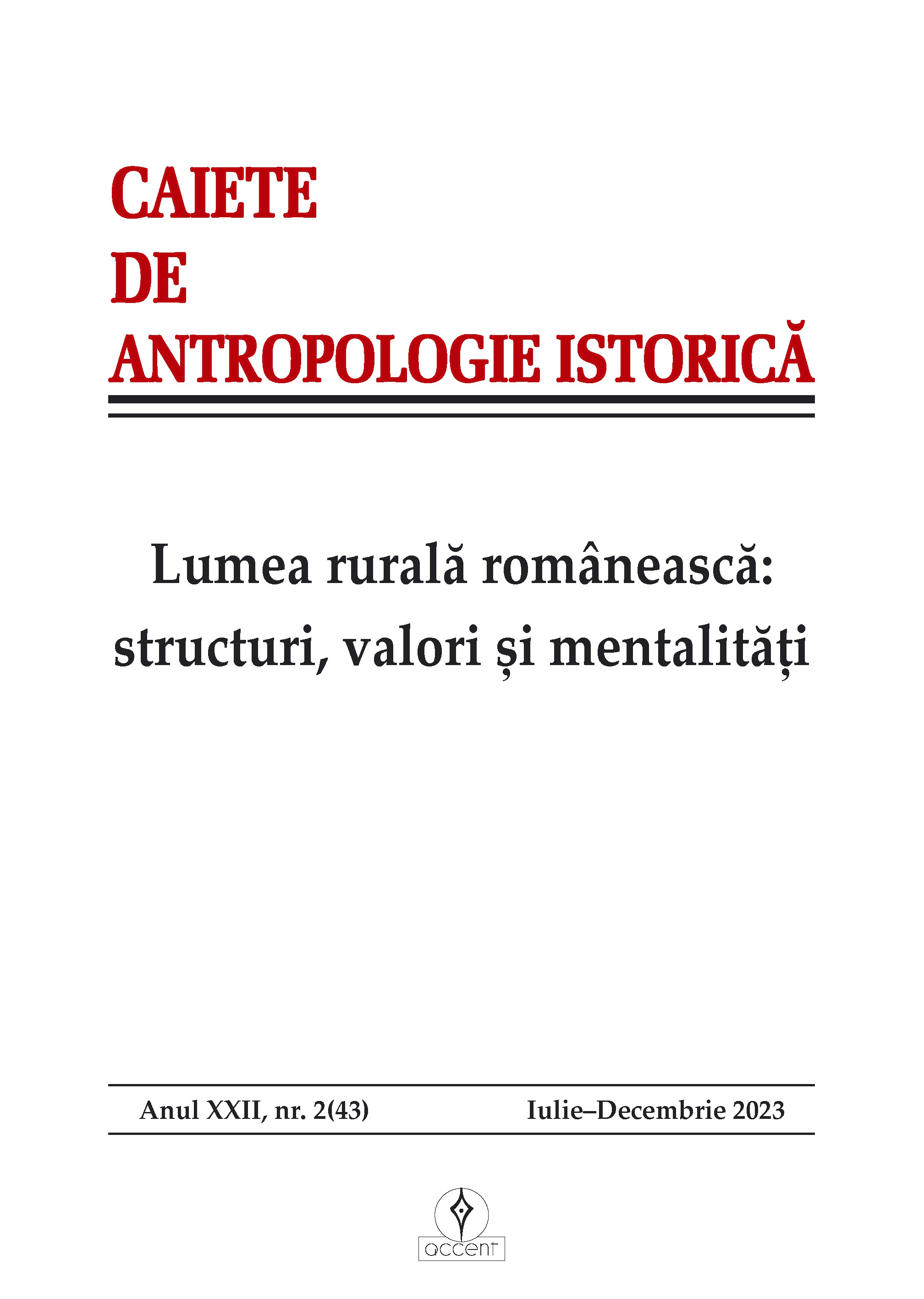Școala Țărănească în perioada interbelică
The Peasant School in the Interwar Period
Author(s): Ildikó-Lucia AszalosSubject(s): Local History / Microhistory, Social history, Adult Education, History of Education, 19th Century, Pre-WW I & WW I (1900 -1919), Interwar Period (1920 - 1939)
Published by: Accent Publisher
Keywords: Transylvania; Astra; Peasants’ School; culturalization;
Summary/Abstract: In the 19th century and the early 20th century, cultural, political, and ideological discourses addressed the rural issue, referring to the economic, hygienic, and cultural backwardness of rural areas. Illiteracy in rural environments reached alarming levels. In this context, the concept of the Peasants’ School, inspired by the Danish model, gained prominence. In 1931, at the initiative of Vasile Ilea, the director of the Sighet Branch of Astra, the first Peasants’ School was established to provide practical knowledge about agricultural work to peasants. Gradually, numerous peasant schools were founded in most Astra branches in Transylvania. The teaching staff of these peasant schools were recruited from specialists in the respective fields. The chosen instructors for agriculture, horticulture, viticulture, language, national history, geography, etc., were familiar with the peasants’ mentality. Student enrollment was voluntary. The courses lasted for several weeks each year and concluded with a genuine graduation diploma. The primary goal of these peasant schools was to train village leaders, elevate the level of civilization, and enhance national culture in the Romanian rural world.
Journal: Caiete de Antropologie Istorică
- Issue Year: 2023
- Issue No: 43
- Page Range: 80-102
- Page Count: 23
- Language: Romanian

